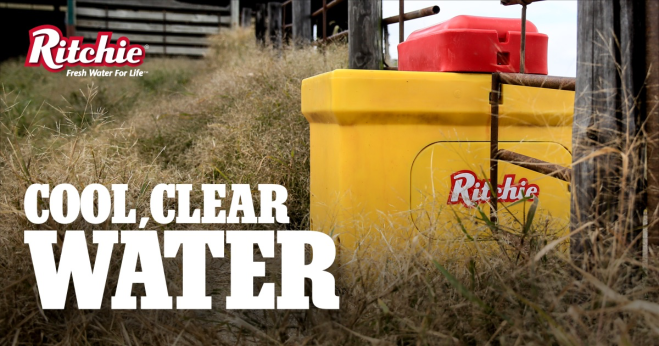Planning Tips & Common Mistakes When Considering an Automatic Waterer
Summertime and early fall are great times to plan for and install automatic waterers in the paddock, stall or pasture. Automatic waterers keep the water fresh, clean, and at a temperature that is appealing to your horse throughout all seasons. On average, a horse drinks eight to 12 gallons of water a day, and having access to clean, fresh water is critical for keeping your horse healthy and reducing the risk of developing colic. Hauling buckets to stalls, scrubbing the buckets, and making sure your horse has enough water available is time-consuming. Automatic waterers simplify this chore and eliminate water worries for your horse.
Automatic waterers also help conserve water by providing water on demand in the bowl or trough. This keeps the water fresh compared to larger stock tanks that hold stagnant water that becomes a breeding ground for algae and mosquitoes. Cleaning automatic waterers is simple, quick and does not require you to dump a large amount of water. Water conservation will be on the minds of many horse farms this summer. The U.S. Drought Monitor for the week of June 15, 2021, showed that 60 percent of the continental U.S. is experiencing some degree of abnormally dry to exceptional drought conditions and that percentage will continue to worsen.
Five Planning Steps to Consider
So, after reviewing all the benefits of an automatic waterer, you are now ready to plan which brand you want to purchase and install. Here are five basic planning steps to consider.
- The first is where you choose to locate your waterer. There are models that are made specifically for stalls and others that can be used in the paddock or pasture.
- Next, you will want to figure out the water source to tap into. Are you running new water lines or hooking into an existing line? There are also options like Ritchie’s EZFount series that can be hooked up with a garden hose for portability and ease of installation.
- Plan to bury your thermal tubes and water pipes deep enough below the frost line to avoid freezing during cold weather months. This can range from 24 inches to 48 inches, depending on the climate.
- Most models or brands will need an electrical connection to operate functions such as thermostatic heaters. Certain models like Ritchie’s Thrifty King or Genesis waterers can operate energy free without an electrical connection.
- Plan on anchoring your waterer to a solid foundation such as a concrete pad.
Avoid These Two Common Mistakes When Planning to Add an Automatic Waterer
You’re ready to get your automatic waterer installed and enjoy all the benefits. Before you make final installation plans, consider the following words of wisdom. According to Clinton Anderson, a renowned clinician, horse trainer, competitor, and founder of Downunder Horsemanship, there are two common mistakes he sees horse owners making when they install their waterers.
-
- The concrete pad poured is too small for the horse to stand on with all four feet while drinking. “I see a lot of installations that have a concrete pad just under the waterer, or just a few inches bigger than the waterer,” said Anderson. “When the horse drinks, water spills out and the ground around the waterer gets compacted down so eventually it becomes a big, muddy puddle and turns into a muddy mess with every rain. You don’t want your horse standing in muddy conditions to drink. It is a lot easier to pour a concrete pad sized correctly from the beginning that extends out four to five feet to make sure all four hooves are on the pad and avoid the muddy mess and pitfalls that will occur.”
- Sometimes the “cheaper” brand costs more in the long run. “There are a lot of products in the horse industry that may be cheap, but you get what you pay for,” said Anderson. “Research the products and do your homework. If it is cheap, there is usually a reason for that. A good quality automatic waterer like a Ritchie may cost a little more upfront and you’ll have no worries, or you can constantly deal with nagging maintenance issues. I have built three ranches in my career – one in Ohio, one in Texas and now one in Arkansas – and every time, I only put in Ritchie waterers – they are dependable and durable.”
